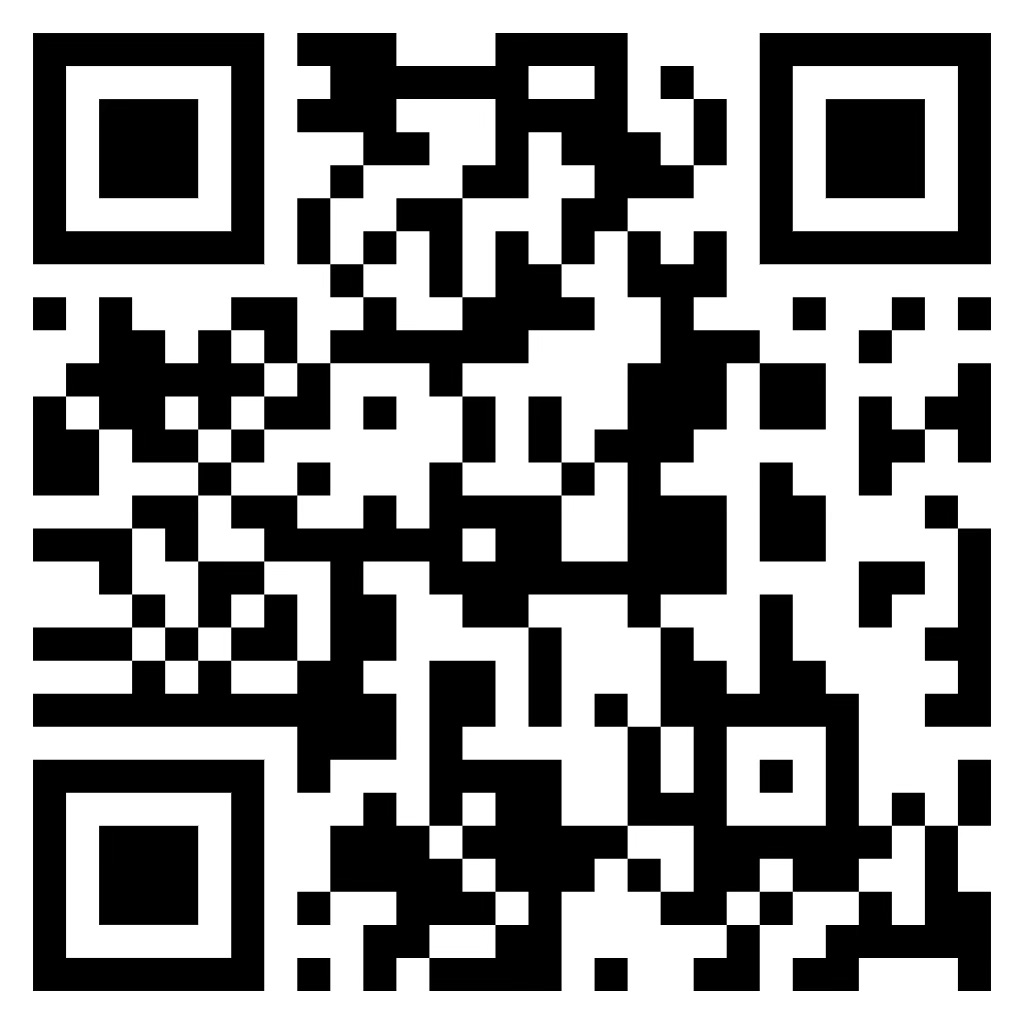
By Jack Leal
The new Sound Connections core curriculum for fall 2024 is almost here! It’s important to remember that those aligned with the previous bulletins can either stick to their current academic requirements or opt-in to the new 2024-25 core curriculum.
The new core overview, which can be viewed using the QR code, explains that “the new Core is designed to give you more choices within some broad parameters” and to stop thinking of the “core as a checklist.” These changes are designed to help diversify students’ skills and open them up to a broader range of classes they might be interested in.
A pivotal structural change with this new system is that all departments and programs will now be divided into three categories: Arts/Humanities, Social Sciences/History, and Natural Sciences/Mathematics. This blueprint requires students to take at least one class in each division. The overview adds, “Instead of five Approaches courses chosen from a designated list of specific core courses, the new Core has three Divisional requirements, which include any course offered within a division.”
These changes align with the goal of maintaining a sense of flexibility for students. Dr. Kristopher Imbrigotta, a German studies professor, played a big part in changing the new curriculum. “Our students with the current core structure have 8 to 12 graduation requirements, which is a lot. With our new core structure, those requirements will go down to around 7 or 8 on average, so students will have much more time in their schedule over 8 semesters to take the classes they want,” Imbrigotta said.
With fall approaching, there are a couple of things to consider before meeting with your advisor. When switching the bulletin years to 2024-25, see how your other academic requirements may change with the new curriculum. Some classes required for your degrees may be different depending on what year you’re in.
Sophomores, juniors, and seniors may funnel their original five approaches model into the new three-division blueprint. For incoming freshmen, the two first-year Seminars in Scholarly Inquiry classes (SSI1 and SSI2) are now replaced with a 100-level Connections course (CONN) and a Critical Conversational Seminar (CCS).
Students following the old core who have already taken two SSI courses don’t need to complete these new first-year requirements. However, all sophomores, Juniors, and Seniors who switch cores will be required to take an additional CONN course. The extra CONN course was added because of its popularity among faculty and students. “The connections courses are oftentimes interdisciplinary in nature and are some of the most exciting courses to teach as faculty and some of the most exciting courses to take as students,” Imbrigotta said.
Language requirements have also changed. Previously, students had to successfully complete two units of a single foreign language (e.g., SPAN 101-102). The new core allows students to take two one-credit language courses of any language offered (e.g., SPAN 101 and FREN 101). Again, this decision aims to add more cohesion to students’ schedules with less rigidity.
Imbrigotta mentions a situation he had with one of his students, explaining, “this year, one of my students had taken GERM 101, and none of the other sections could fit into his schedule. So he wanted to know if he could take SPAN 101. Without our old core, that wouldn’t count, but with our new core, it would.”
The new bulletin also allows heritage learners, students raised in non-English-speaking households, to take only one-course requirement. Additionally, students won’t need to take a language proficiency exam if they have a high school diploma from a school primarily taught in a language other than English.
Students who don’t fall into the language categories mentioned above but are still proficient in a language other than English have the option to test out of lower-level courses. Imbrigotta clarifies, “the thought behind this was that if you’re not a heritage learner per se, you’d still benefit from the extra instruction in that language or culture.” Imbrigotta points out that fulfilling that requirement in one swoop wouldn’t be as beneficial for the student. He states, “So instead of stopping at, let’s say, Spanish 201 and say you satisfied it. We’re saying those language courses are in year-long sequences and shouldn’t be taught in isolation.”
Lastly, according to Greta Austin, professor of the history of Christianity in the department of religious studies, “the faculty just voted to increase the number of Knowledge, Identity, & Power (KNOW) classes from one to two. Many students already take more than one, but the faculty felt it was important for every student to engage with issues of identity, power, and knowledge production in greater depth and across their college experience.” This decision hasn’t been confirmed yet, and needs to be approved at the May meeting of the Board of Trustees. KNOW courses are offered at every level, where “one course must be at the 300- or 400-level to promote that depth of engagement” Austin added.
Although staff especially seem excited about these new provisions from the old bulletin, some students have expressed mixed opinions. Alex Meislich (‘24), a computer science major, believes that consolidating the old core into three divisions isn’t a smart move. “Putting geology, exercise science, computer science, and math all into the same category is a bad idea and probably is setting people up for failure,” he said. “Lame that people can graduate without taking math. Having a bachelor’s degree but are unable to understand lower division math shouldn’t be a thing”
